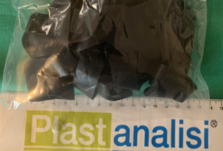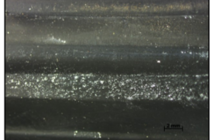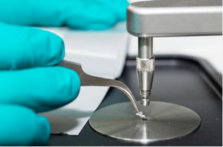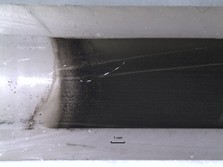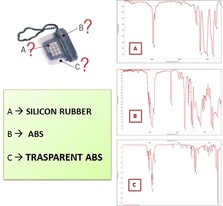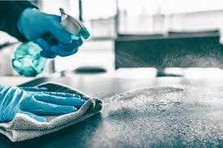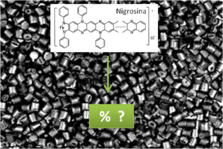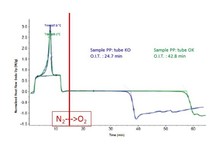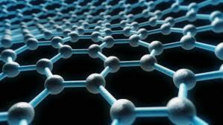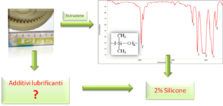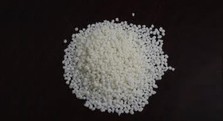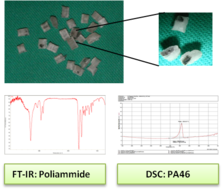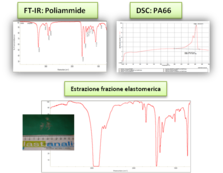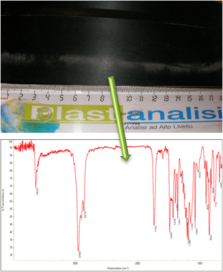Keep up to date on the news from the world of Plastanalisi. You will find information on everything concerning our research, our instruments, our case histories and our news, and all content can be filtered to show you only what you are interested in.
- Laboratory
- Instruments
- FT-IR spectrophotometers
- Calorimetro a scansione differenziale (DSC)
- Additives Extractor
- Optical Microscopy
- Atomic Absorption Spectroscopy (AAS)
- Ion-exchange chromatograph (IC)
- Mechanical testing: Dynamometer, Pendulum (IZOD), Durometer (Shore A-D)
- Dynamometer with CLIMATIC ROOM
- Thermal Testing: HDT Vicat
- Reaction to fire testing: UL94, Glow Wire Test
- Rheological Testing: Melt Index (MFR-MVR), Relative viscosity for polyamides
- Other Tests: Density, Polyamide moisture content, Colour Measurement
- News
- Faq
- Contact us

